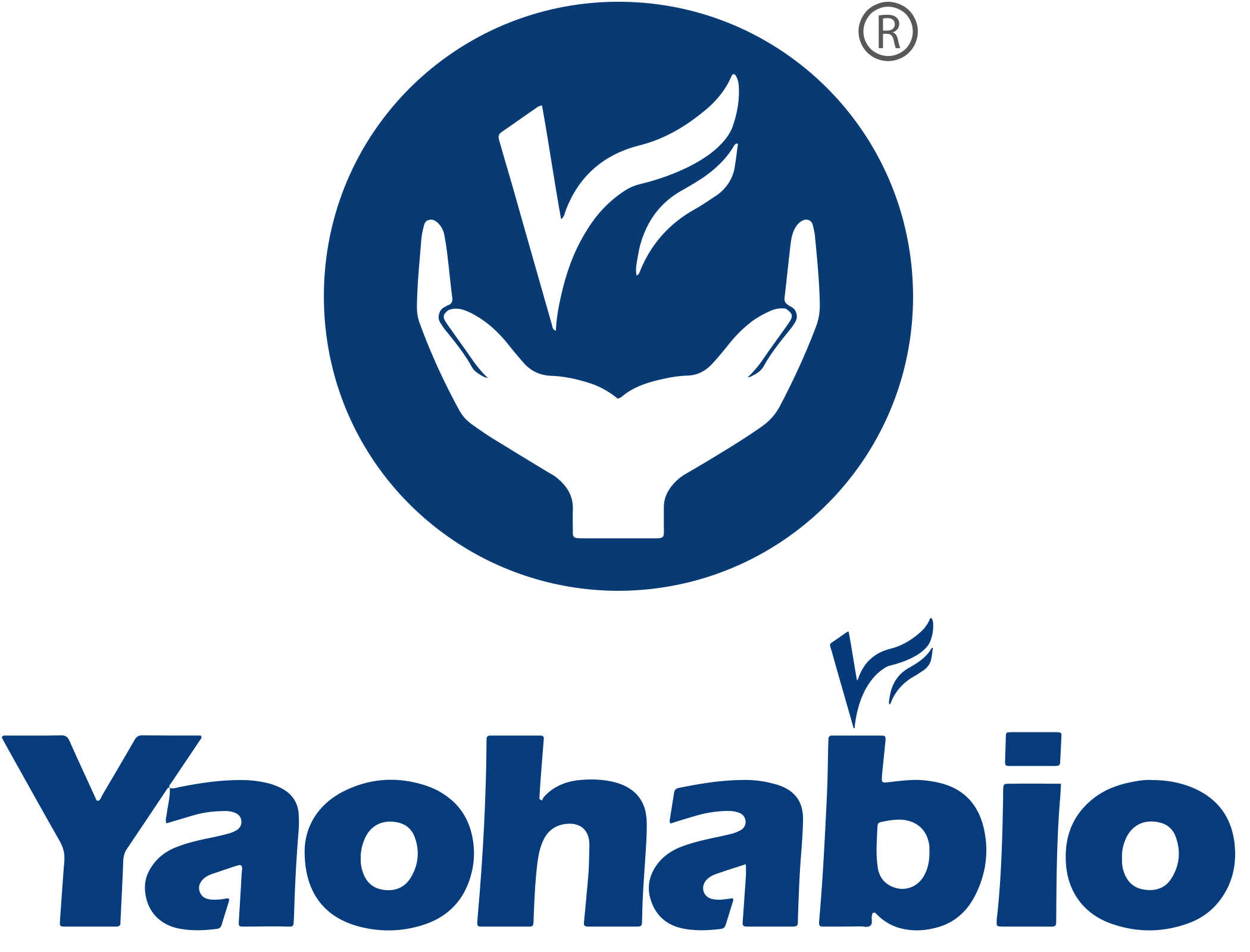Development of Malaria Vaccine
Malaria is a life-threatening disease. It spreads to humans by some types of mosquitoes, and is mostly found in tropical countries. In 2022, there were an estimated 249 million malaria cases and 608,000 malaria deaths in 85 countries worldwide.
As a disease caused by single-celled microorganisms of the Plasmodium group, human malaria is spread exclusively through bites of infected female Anopheles mosquitoes. There are five species of Plasmodium that can infect and be spread by humans. Among them, the majority of deaths are caused by P. falciparum, while P. vivax, P. ovale, and P. malariae generally cause a milder form of malaria. Vaccines based on P. falciparum have been discovered to prevent human malaria.
Since October 2021, WHO has recommended broad use of malaria vaccine, RTS,S/AS01 (Mosquirix), among children living in regions with moderate to high P. falciparum malaria transmission. It has been shown that the vaccine can significantly reduce malaria, and deadly severe malaria, among young children. In October 2023, WHO recommended a second safe and effective malaria vaccine named R21/Matrix-M. It is expected that the availability of two malaria vaccines will make broad-scale deployment across Africa possible.
RTS,S/AS01 (Mosquirix)
A protein construct first developed by GlaxoSmithKline in 1986 was the base of RTS,S vaccine. The repeat (R) and T-cell epitope (T) of the Plasmodium falciparum pre-erythrocytic circumsporozoite protein (CSP) were used to create RTS,S, which was then fused with hepatitis B virus surface (S) antigen (HBsAg). Recombinant DNA technology is used to manufacture non-infectious virus-like particles (VLPs) that are known as RTS,S in yeast cells (Saccharomyces cerevisiae). Additionally, AS01 (AS01E), which is made up of Quillaja saponaria Molina, fraction 21 (QS-21) and 3-O-desacyl-4’-monophosphoryl lipid A (MPL), was added as an adjuvant to improve the immune system response.
R21/Matrix-M
The R21 vaccine was developed in collaboration involving the Jenner Institute at the University of Oxford, the Kenya Medical Research Institute, the London School of Hygiene and Tropical Medicine, Novavax, and the Serum Institute of India.
R21 is made up of the central repeat and the C-terminus of the CSP fused to the N-terminal end of HBsAg (in the form of VLPs) produced in Hansenula polymorpha. R21 vaccine contains higher circumsporozoite protein (CSP) antigen than the RTS,S vaccine. In addition, though R21 uses the same HBsAg-linked recombinant structure, contains no excess HBsAg. It includes the Matrix-M adjuvant, but not AS01.
Yaohai Bio-Pharma Offers One-Stop CDMO Solution for Vaccines
- Microbial Strain Engineering and Screening
- Microbial Cell Banking (PCB/MCB/WCB)
- Upstream Process Development
- Downstream Process Development
- Formulation Development
- GMP Manufacturing
- Fill and Finish
- Analytical and Testing
- Regulatory Affairs

 EN
EN
 AR
AR
 HR
HR
 CS
CS
 DA
DA
 NL
NL
 FI
FI
 FR
FR
 DE
DE
 EL
EL
 IT
IT
 JA
JA
 KO
KO
 NO
NO
 PL
PL
 PT
PT
 RO
RO
 RU
RU
 ES
ES
 SV
SV
 IW
IW
 ID
ID
 LV
LV
 LT
LT
 SR
SR
 SK
SK
 SL
SL
 UK
UK
 VI
VI
 ET
ET
 HU
HU
 TH
TH
 TR
TR
 FA
FA
 AF
AF
 MS
MS
 BE
BE
 MK
MK
 UR
UR
 BN
BN

